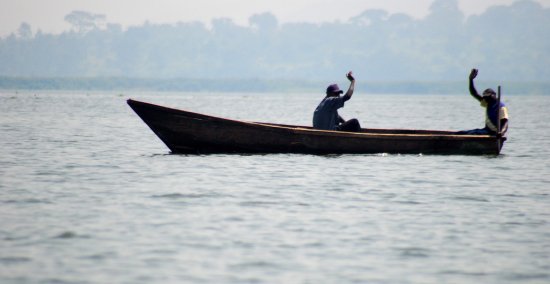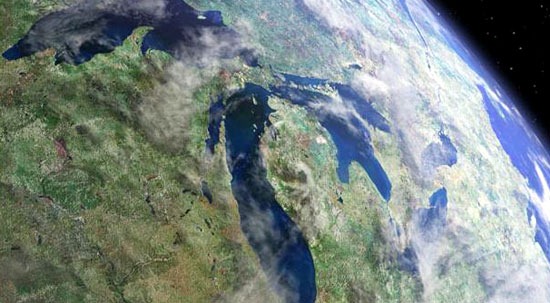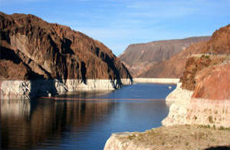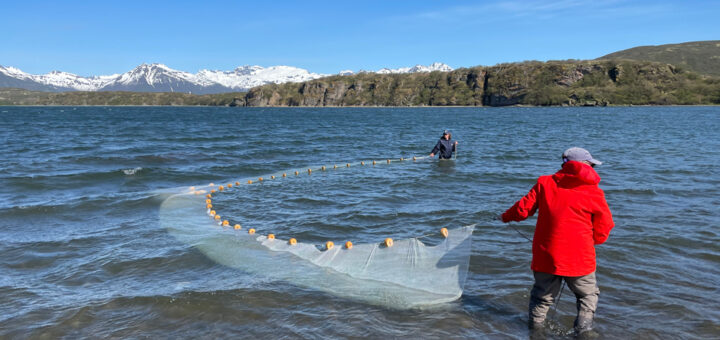Lake Victoria once ran dry, according to new research
1
Lake Victoria is the world’s second-largest freshwater lake by area, but new research shows it ran almost completely dry in a severe drought 16,000 years ago.
Africa’s largest lake is locally known as Lolwe, Sango, or “The Eye of the Rhino.” Westerners will be more familiar with the name Lake Victoria — given during the United Kingdom’s expeditions of the area.
It’s easy to see why the first European explorers would name this body of water in honor of their queen. In terms of surface area, it is second in size only to North America’s Lake Superior. In terms of its importance, Lake Victoria supports the water resource needs of many central African countries and feeds into the Nile River, which supplies freshwater to some of Africa’s most densely populated areas.
Recent research, however, suggests that Lake Victoria, on at least three separate occasions in its young 400,000-year history, could not be called a lake at all because of severe drought. These new findings were published in the Feb. 25 issue of Science.
By taking core samples from Lake Victoria, as well as Lakes Tana in Ethiopia and Van in Turkey, researchers discovered that ancient Africa and southeast Asia suffered an intense drought period roughly 16,000 years ago.
This drought parched the region and emptied all of the sampled lakes, including Victoria. From the core samples, researchers were able to pin the refill date of Lake Victoria to around 14,000 years ago.
Based on these historical records, some researchers suspect it’s only a matter of time before such a drought happens again.
There’s not yet a consensus on the cause of the droughts, but speculations range from a shift in the Intertropical Convergence Zone to more recent theories that tropical rainfall was weakened across Africa and Asia.
Lake Victoria is particularly vulnerable to the effects of climate change due to its shallowness and limited river inflow when compared to its wide surface area. A lake of similar size, but with a greater volume of water, would perhaps not dry as easily.
A drought so severe, it dried up Lake Victoria [Live Science] Inter-Tropical Convergence Zone [National Weather Service]
Image Credit: http://www.flickr.com/photos/michellzappa/2150876024/














[…] believed it would be a 10-year rotating drought, at first,” Nasser Agh, a professor at Tabriz Sahand University, told the Associated […]